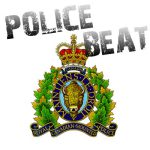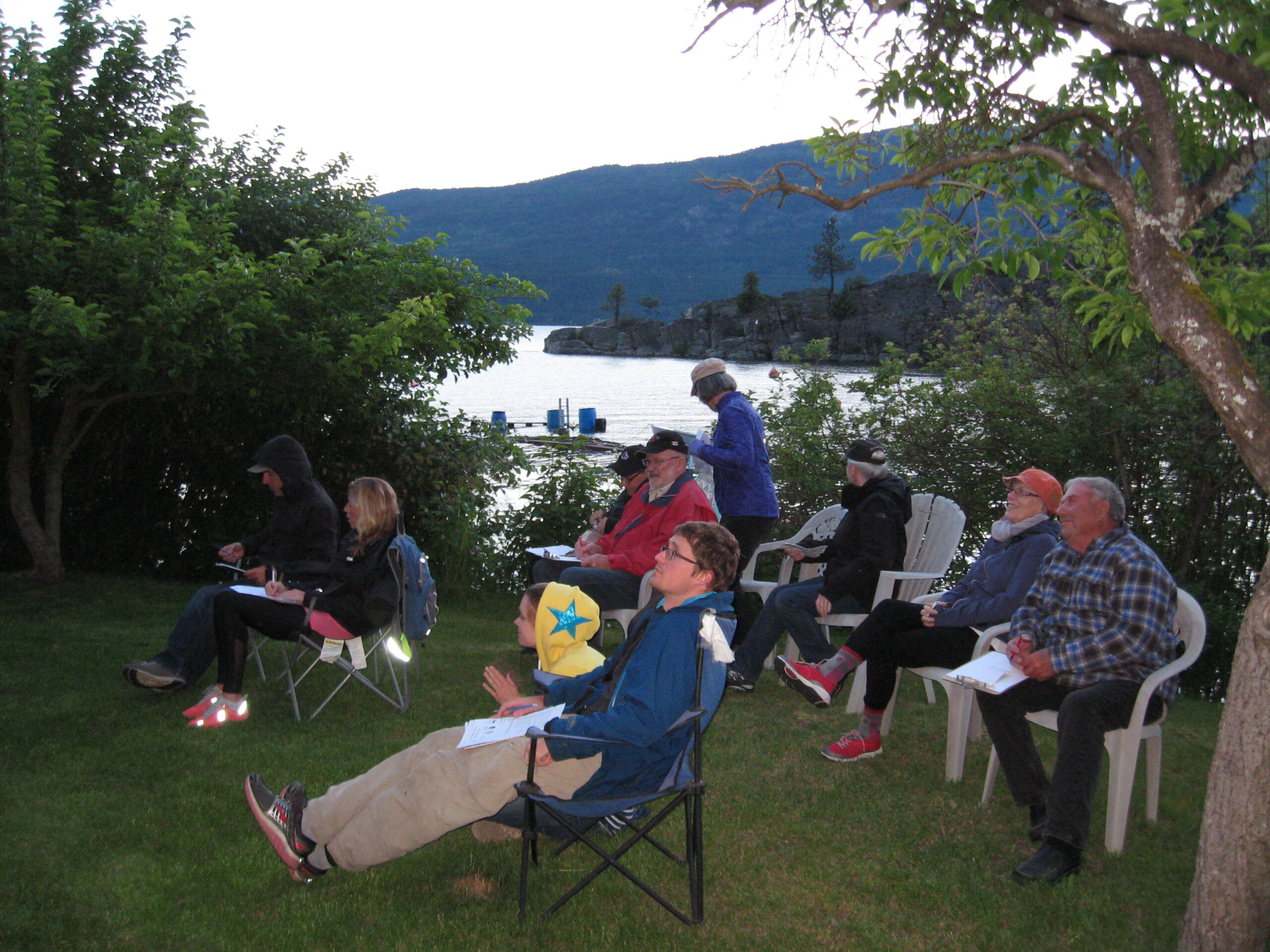Calling all citizen scientists for the BC Annual Bat Count
The BC Community Bat Program is calling for volunteers to join the BC Annual Bat Count.
Starting June 1st, bat biologists and volunteers will spend late nights counting bats at maternity roosts throughout the province.
“Female bats roost together in summer and raise their young in maternity colonies,” says Elodie Kuhnert, Kootenay coordinator for the BC Community Bat Program.
“They generally only have one pup per female in June.” Male bats do not help raise the young and usually roost alone in large trees, rock cliffs, boulder fields, barns, and buildings.
The Annual Bat Count involves sitting outside a bat maternity roost at sunset for an hour and counting all the bats that emerge. “The maternity roosts that we count are in buildings, bat boxes, or bridges,” says Kuhnert.
We are also organizing bat count workshops across the Kootenays starting May 31st.
If this is your first time counting and you want to learn more about bats and count with one of our Bat Ambassadors, register here: https://www.kcbp.ca/bat-count-workshops/.
Last year, volunteers conducted 888 bat counts at 274 different maternity roost sites across the province. “The data collected is vital for understanding how bat populations are doing in BC,” says Kuhnert.
“We usually do four bat counts at each roost site – two in June to count just the females and two more starting mid-July when the pups are learning to fly.”
Begun in 2012, the Annual Bat Count is the only long-term monitoring program focused on bat summer roosts in BC. The counts help biologists monitor bat populations and track species impacts and recovery.
A decline in populations could indicate impacts from white-nose syndrome (WNS), a fungal disease that has decimated bat populations in eastern Canada and the USA. The fungus that causes WNS was detected in 2022 in the Grand Forks region of BC, but WNS itself has not yet been detected in BC.
“A large number of the roost sites we count house Little Brown Myotis and Yuma Myotis, both of which are susceptible to white-nose syndrome,” says Kuhnert.
Bats in BC are key predators of many night-flying insects and are essential parts of BC’s ecosystems.
They provide billions of dollars of economic benefit by helping control agricultural, forest, and urban pests. Please report a bat colony or sign up to help with bat counts at www.bcbats.ca, kootenay@bcbats.ca, or 1-855-922-2287 ext. 14.
In partnership with the BC Ministry of Water, Land and Resource Stewardship, the BC Community Bat Program provides information and promotes local stewardship and citizen science. The program runs thanks to funding from the Habitat Conservation Trust Foundation, Forest Enhancement Society of BC, the Habitat Stewardship Program, and many regional partners, including the RDCK local fund, the Columbia Valley local fund, and the Columbia Valley Community fund. You can find out more about the BC Community Bat Program and options for helping local bat populations at www.bcbats.ca.


























Comments